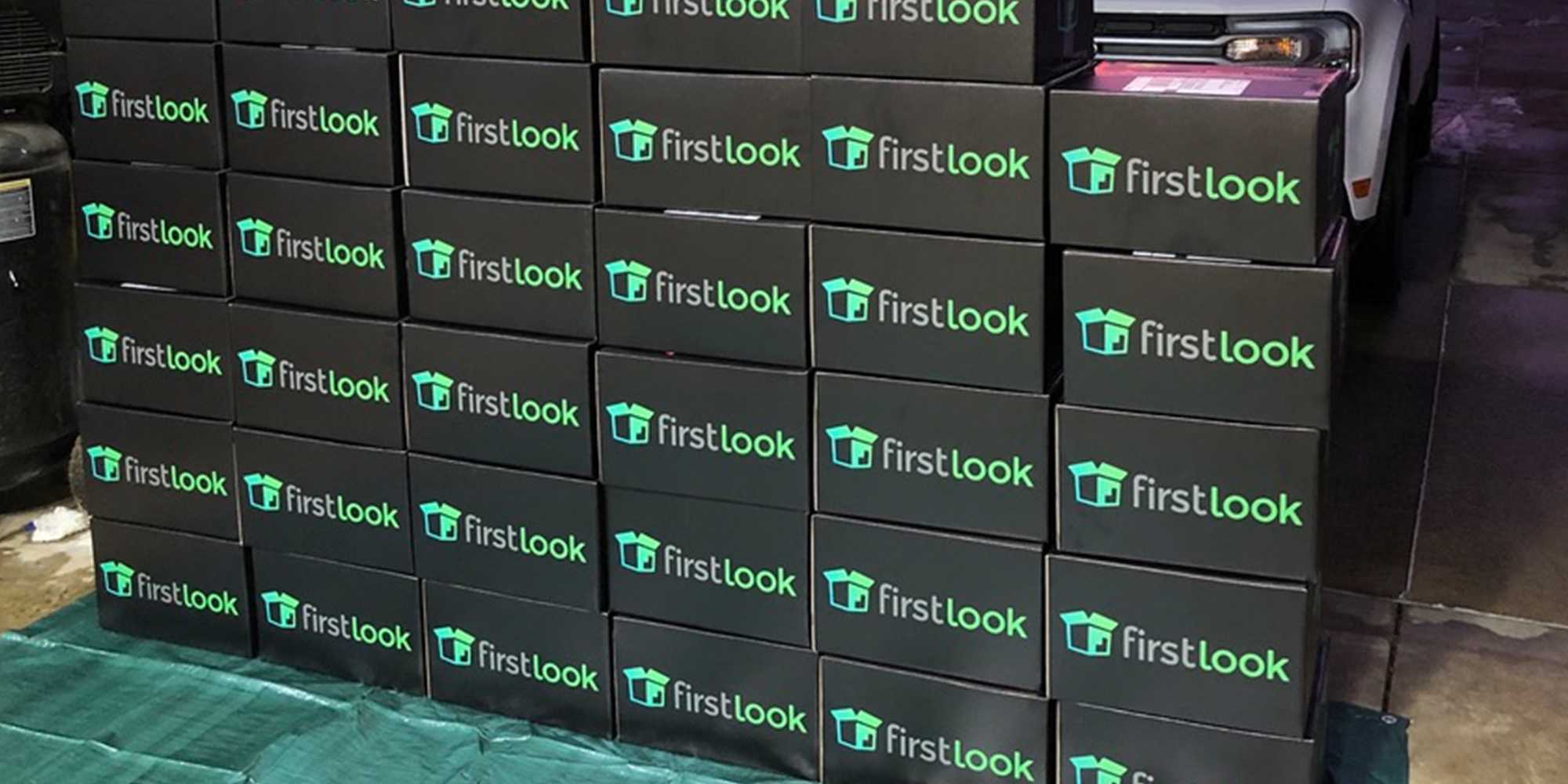
FirstLook’s Brian Folmer On What Investors Really Want To Learn From CPG Brand Pitches
One of the first steps to a consumer packaged goods brand nailing down investment is getting the brand’s goods to a person who invests. That’s FirstLook’s entire proposition.
Launched by CPG investor Brian Folmer, the Cleveland-based company sends monthly subscription boxes with five products from CPG brands to investors. Since its start in 2019, FirstLook has shipped 2,109 boxes featuring 396 brands, including Homecourt, 4AM, Curie, Cadence and Aavrani.
Currently, 75 investors receive the boxes, which have led to over 2,200 introductions and around $14 million in investment from 69 deals. Investors pay a monthly membership fee of $129 to receive the boxes. Brands used to have to pay $249 to be in them, but FirstLook has just made their participation free.
Outside of the boxes, Folmer is managing partner at FirstLook Ventures, an investment firm backing CPG brands in seed to series B rounds. It has two brands in its portfolio: Slate Milk and Tally Foods. Folmer is also an advisor to artificial intelligence-powered customized skincare brand 2250.
Beauty Independent caught up with him to talk about what should—and shouldn’t be—in pitches to investors, how shopping habits are changing in Middle America, where he proudly resides and promotes as an affordable, supportive launching pad for startups, whether CPG brands’ commitments to sustainability will survive economic uncertainty, and a probing question he likes to ask founders that, of course, we had to ask him.
What results do you see from FirstLook boxes?
Best-case scenario, an investor falls in love with the brand and writes a check. I’ll be the first to say that FirstLook is not a silver bullet. Getting investors to fall in love with the brand is extremely tough. The macro environment certainly doesn’t help. There’s a lot of instances where an investor doesn’t write a check into a company, but they become a customer or they share it with their neighbor or family members. Investors are quite chatty people who love to share because they want that second or third opinion before they take an intro with the brand.
Our mission’s always been to get brands into the right hands so magic can happen. One of the interesting stories that happened a few years ago was I shared the brand Soshe with an investor over at L’Oréal’s venture arm [BOLD Ventures]. It was a little bit too early for them, but they asked the founder [Sahar Rohani] to join them in Paris on one of their panels at a L’Oréal summit.
For startups, it’s about catching lucky breaks and being in the right place at the right time. One thing opens a huge door and totally changes the trajectory of your business. That all starts with getting your products in the hands of someone.
Even before President Donald Trump’s tariffs, investors were pulling away from CPG. If I’m an early-stage CPG founder, what do I need to tell investors now?
A lot of founders fall short in painting the picture in the investor’s minds of what their growth actually looks like. Whenever you hear these founders that reach an exit interviewed by Forbes or a podcast, they don’t really spend much time talking about the brand, but they really delve into the growth story and those things they were doing that no one else was doing to grow in leaps and bounds.
I find a lot of founders lack creativity around how the brand will grow. Not for every brand, but there are many examples where there was something the brand was doing from marketing or growth perspective that was essentially an arbitrage in the market, and they exploited it to the max. So, they ended up acquiring a bunch of customers at a very cheap rate.
Of course, with all arbitrages, that hole eventually closes, but, at least for that time, you exploited it as best you could, and you were able to grow it affordable rate. Otherwise, founders just say, “We’re going to run Facebook ads, or we’re going to do sampling.” That’s just not enough. There has to be something special. You always hear investors say, “What are you doing that no one else is doing?” A lot of founders sadly don’t have great answers for that question.
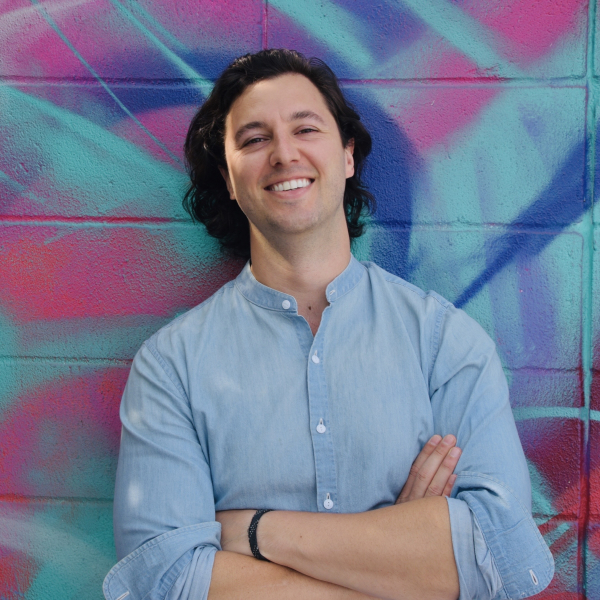
TikTok has been that arbitrage opportunity for beauty brands over the last couple of years, but investors have been skeptical about the sustainability of TikTok-sparked virality. What’s your reaction when a brand has had TikTok virality?
Not clear how long that window will last, but, nevertheless, if they do have a great product that’s sticky and keeps people coming back, so essentially their churn is low, at least you have that base of consumers now that you can rely on who are going to continue to show up and buy your product, and you don’t have to really spend as many marketing dollars on them already in the door. As long as you have a product that consumers keep coming back for, you’ll figure out the next opportunity to continue to grow the business.
When is the right time for a brand to enter retail?
You need to be pretty well capitalized as retail can be expensive for brands to actually pull off. The longer you wait to enter retail, but continue to grow the business, the more you have to present your case to the Sephoras, Ultas. At the end of the day, your product moving is all these retailers care about.
Obviously, the earlier you go to these retailers, you don’t have that data to support them, it just becomes a harder sell. I think testing the waters in maybe some smaller stores to get feedback is important. There is a leap between what their packaging looks like in DTC versus the packaging sitting on shelves. I would test with smaller stores to fine-tune it, and you can go to bigger retailers once you’re ready.
Beauty brand resistance to Amazon has largely fallen away. How do you view Amazon as part of a CPG brand’s business?
So many consumers go to Amazon first for their purchasing decisions. If you’re not there now, you’re just going to spend more money to drive traffic to your own website, which is terribly difficult. A lot of brands aren’t fans of Amazon because, from a customer data perspective, they don’t get that. Amazon squeezes every penny out of them from fees. It’s just a necessary evil, and you hope you can sell product at hopefully not a loss and be on there knowing it’s not going to be a big margin driver for you.
If you were an early-stage CPG brand, and, at the end of last year, you expected to try to raise a seed round this year, what would you be thinking about now?
I would try to make a product that works extremely well for a certain group of people because, once a product works well for you, you’re going to keep coming back and, without that sticky customer, you’re going to eventually bleed out. You keep spending more money to acquire someone new, but you lose someone on the back end. If you do have that base that loves what you’re doing, it does give you that optionality to expand out to a wider audience.
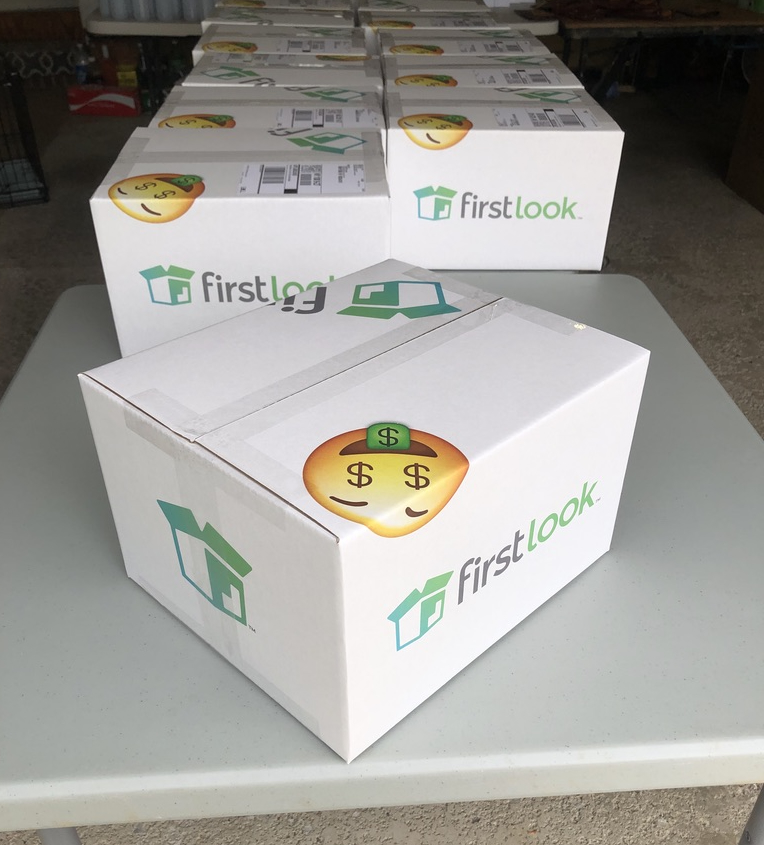
What are brands that have been in FirstLook boxes that you have in your bathroom or kitchen?
Bubble Universe. They make edible bubbles. They have both flavors for kids—cherry, grape. They also have a pet line, so they have a maple bacon-flavored bubbles, and our dog just loses his mind whenever we blow them. Another good one is Dirty Shirley, essentially a Shirley Temple, but with booze in it. It tastes great. There’s a company called Kunana, they make banana milk that tastes awesome.
Bold Bar recently sent me samples. It’s a protein bar, but with caffeine in it. I look forward to it every morning. Obviously, the protein movement is a big story right now, but it also gives me a caffeine bump, which is nice.
Many beauty brands we speak to are in a state of panic right now due to the tariffs. Are you hearing that?
They’re probably not as freaked out as a beverage brand, which normally has way harsher margins. At least the beauty brands, their margins are a lot thicker, so they can somewhat sustain against these headwinds. But everyone’s super nervous right now, and I don’t know what the answer is other than to try to hold on as long as you can because the new cycle is moving so fast. It’s hard to tell where everything will land.
I’m running a founder group chat with about 260 founders in it, and there’s questions about tariffs, how people are thinking about it and trying to find suppliers here when normally they had purchased from overseas. Everyone’s scrambling right now to try to not have tariffs be a story of why they went under.
What should brands do?
It’s a tough position to be in. They can only absorb those costs so much. Negotiating with all the layers in the supply chain will be super important.
Some supply chains the brands have, there’s quite a few layers in between them and who actually produces the ingredient. I think spending time working with everyone between them and who actually creates the ingredient to figure out, can we all absorb a little bit of this? Because, if no one absorbs it, I have to absorb all of it, then I’m going to go under, which means you’re going to have less money or maybe you go under.
Obviously, passing along some of the costs to the consumer is probably inevitable. Big conglomerates, they have supply chains that are overseas, and they’re going to get clobbered. Collectively, prices are going to rise for everyone. So, maybe there’s instances where the delta between that cheap product made by a huge corporation and the startup’s product is going to get not as wide as what it used to be.
Otherwise, try to hunker down and weather the storm.
Consumer sentiment has been sliding. Are people around you changing their shopping habits?
Coastal people have always been ahead of the curve in caring about their bodies and eating healthy more than folks in the flyover space as they call us. I think RFK getting into office and the MAHA movement is waking up a lot of these folks to be like, I should care about my health. They’re still behind coastal folks, but they are finally waking up to, I can’t drink a two liter of Coke every day and think I’m going to be OK. I’m going to start picking some other brands or maybe drinking more water.
I could see there being a resurgence in clean beauty and strengthening of the better food movement. You have very popular figures speaking up on things that were traditionally, I won’t say fringe, but didn’t give as many eyeballs or as coverage as it used to.
Right now, the Costco down the street from me slammed all the time. So, there is certainly a squeeze on everyone’s wallets to save money, which is why I think Costco, for example, is going to continue to thrive. People are just tight on cash.
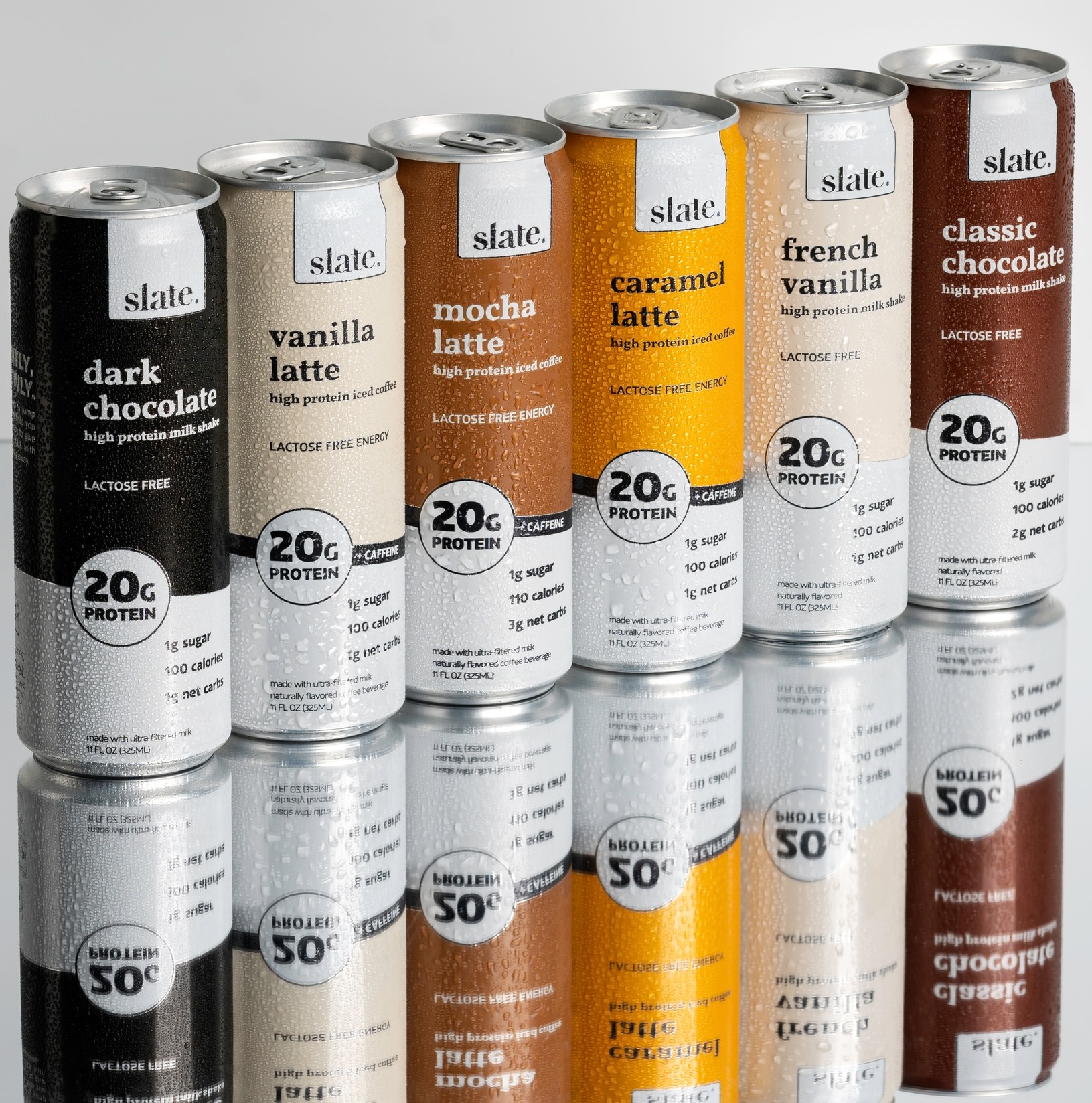
What about valuations in this environment?
It’s definitely an investors’ market as far as who has more leverage now. I find too many new founders where it’s their first raise and they show up at way too high of a valuation. It’s essentially on par with someone whose raising their seed or series A, but at a fraction of the revenue.
Showing up with the crazy high valuation is not doing yourself any favors. It just sets an unrealistic bar for your next round to grow into that valuation, and it doesn’t grease the wheels for investors to want to join.
Startups are trying to move as quick as possible, using VC dollars to subsidize growth because hopefully there’s a white space to reach before everyone else. When you make your valuation approachable, it makes the round go faster. You get back to building quicker. At the end of the day, when there’s an exit, maybe instead of you walking away with $120 million in your pocket, you only walk away with $95 million. You’re still pretty rich.
I think founders would be wise to show up with more appropriate valuations that make rounds close quicker so they can get back to building quicker. If you have a high valuation, it’s just going to take that much longer to raise.
How do you see early-stage brands effectively constructing their advisory boards?
Some founders are great at constructing them. A lot of founders just try to pick who they think are big names. There’s a lot of people out there that will sell founders on being an advisor. I never ask any founder, can I be one of your advisors? They’ve always asked me. Otherwise, I’ve always just happily helped them as much as I can because I’m a founder myself.
There are a lot of people that want to be advisors and that’s their game. They usually do have a somewhat recognizable name and the founder will say, “Sure, we’d love to have you.” I would caution founders to not just add people willy-nilly so you have a slide in your deck. Investors are usually pretty on top of understanding if the advisors are legit or not.
A question that investors sometimes will ask is, when was the last time you had a meeting where all your advisors were on the same call? Ninety-nine percent of the time never happens. They pick these people, but they aren’t actually are working together as a single unit.
I will get on quarterly calls with all my advisors at FirstLook all at once, and we will all speak. I think that’s super important. A lot of these advisory boards are not working as a cohesive unit. I would just caution everyone to be careful with who you bring on your cap table, especially given there’s a lot of folks out there looking to be advisors because that’s how they make money eventually one day.
Are there other questions that you ask as an investor that you think that brand founders don’t necessarily think about or understand?
I always ask founders, besides funding, what keeps you up at night? They’re forced to give you an answer of where they’re struggling. Every founder’s going to try to paint this rosy story, so you have to claw out the risks the business is facing.
What’s an answer you typically get to that question from founders?
Supply chain and financing expansion. Some of them, which I don’t know if they’re just overly confident, they’re like, “It’s just funding, that’s the only thing that keeps me up at night.” I’m like, “Stop, there has to be another. Don’t give me that answer.”
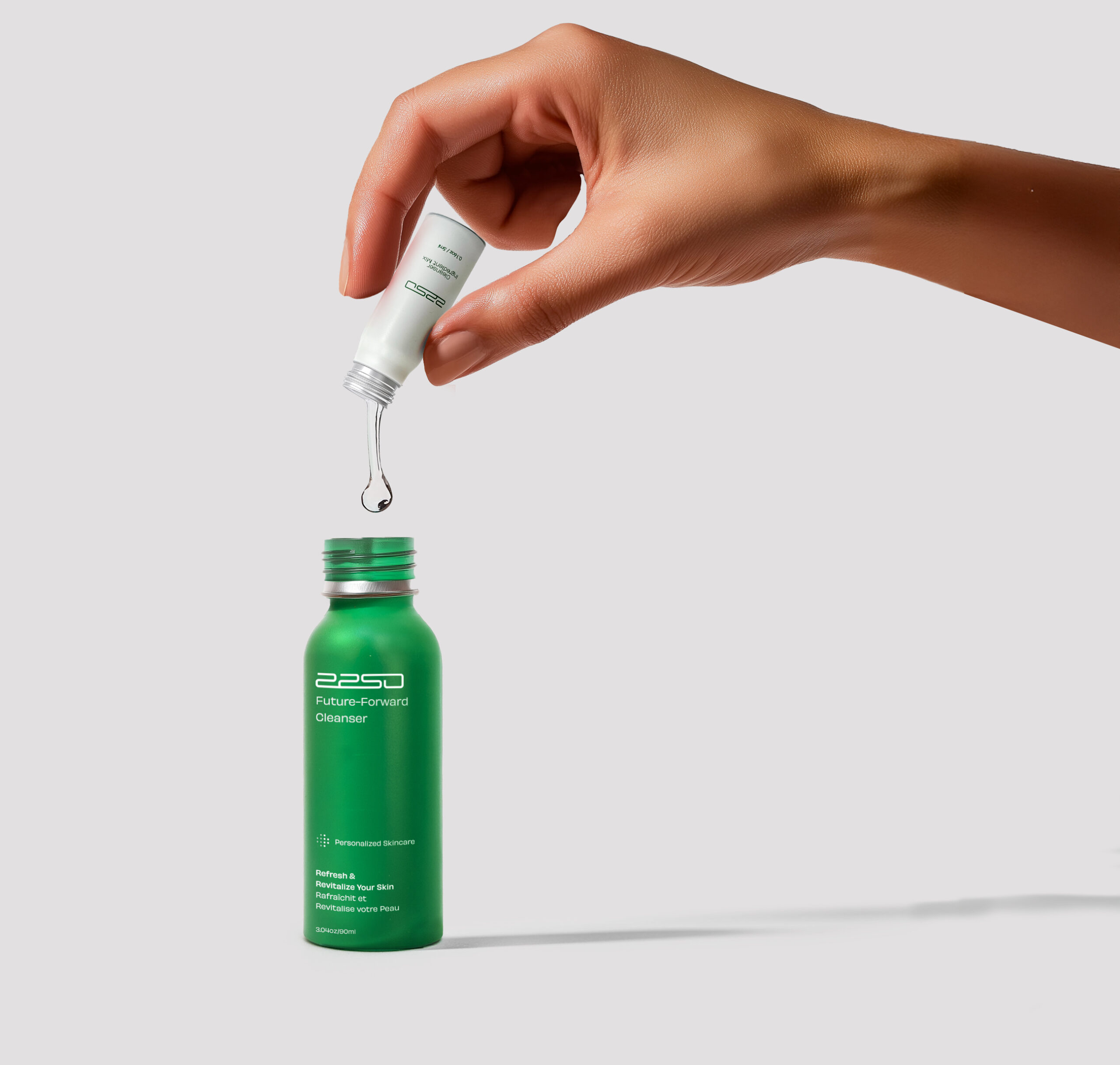
What keeps you up at night besides funding?
I’m not the greatest marketer. I don’t really enjoy the spotlight. I’m much more of an introvert. My biggest stressor is there’s a lot of people that are all about this building in public, and I am always wrestling with that.
Do I put myself out there more, or do I just stay true to myself? I’m more of a behind-the-scenes operator. Then, if I’m going to stay behind the scenes, does that mean I need to bring someone on board who can be more of the front office side of the business?
What’s your feeling about putting yourself out there more?
I should put myself out there a little bit more certainly, but there will be a point in time where I’ll probably need to bring someone on board to be more of the front office, especially living in a smaller city and having a kid, it is tougher to go to New York, LA or Miami to be out there more at networking events. I’ll rally as long as I can, but I’m not the person who’s jumping on my podcast and sharing every moment of life on LinkedIn. It’s just not my style.
We spoke to Bulletin co-founder Ali Kriegsman about what she sees as the rise of co-founder duos where one is the front-facing leader and one is the behind-the-scenes leader. Do you see that becoming more of a thing?
I do think there has to be someone who’s going to take charge and be more of the face of the business and putting themselves out there. It goes back to what I was saying earlier about being at the right place at the right time. You need someone who’s out there pounding the pavement, getting attention on what you’re building. If you’re not, you better be pretty slick. Otherwise, it’s tough.
What CPG categories are you particularly bullish on now?
The cannabis market is interesting. We recently worked with Brez, and they’re crushing it. There’s obviously a lot of regulations still in the cannabis space, so unclear where everything’s going to fall from a legal perspective, but I think there’s a lot of people that want to stop drinking as much, and they want to try something else, but still have a feeling. The protein movement is huge. We’ve all just been eating probably too many carbs over the years, so everyone wants to get more protein in their bodies.
Some of the products that go through FirstLook, the trend hasn’t happened yet. There’s a brand called Sapari in the boxes right now. It’s a meal alternative, not a meal replacement. It’s almost like a Capri Sun-type pouch with jelly in it. It has tons of nutrients and tastes great. Just shoot it in your mouth, and you’re on your way if you have to skip lunch at work.
That’s not really a thing at all in the United States, but, over in Asia, it’s a billion-dollar industry. The question is, will Americans adopt what Asian culture has already made a big deal? I know Sapari’s numbers are pretty good early on. Will this continue?
We are having conversations about whether brands’ commitment to sustainability will survive this difficult moment in the market. What’s your take?
I do think they’re going to walk away from it or not focus nearly as much on it largely because probably some of the packaging they use is more expensive, and they have to make cuts. The biggest driver, though, is because, we’ve had a dying middle class for so long, everyone who’s maybe on the bottom half, their wallets just keeps getting squeezed more and more.
Do they want to be sustainable? Of course. Can they afford to be sustainable? No. The amount of people who are becoming more price sensitive above everything else is just getting more and more obvious. So, unfortunately, sustainability takes a backseat.



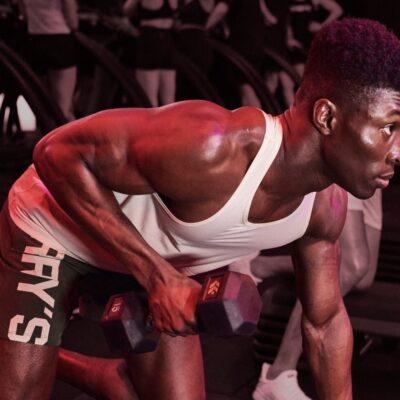
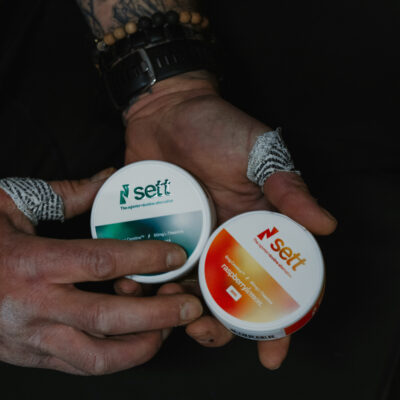
Leave a Reply
You must be logged in to post a comment.